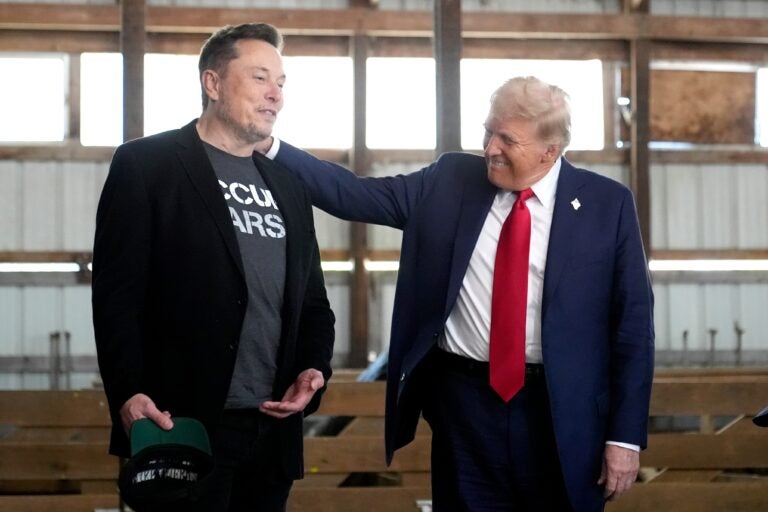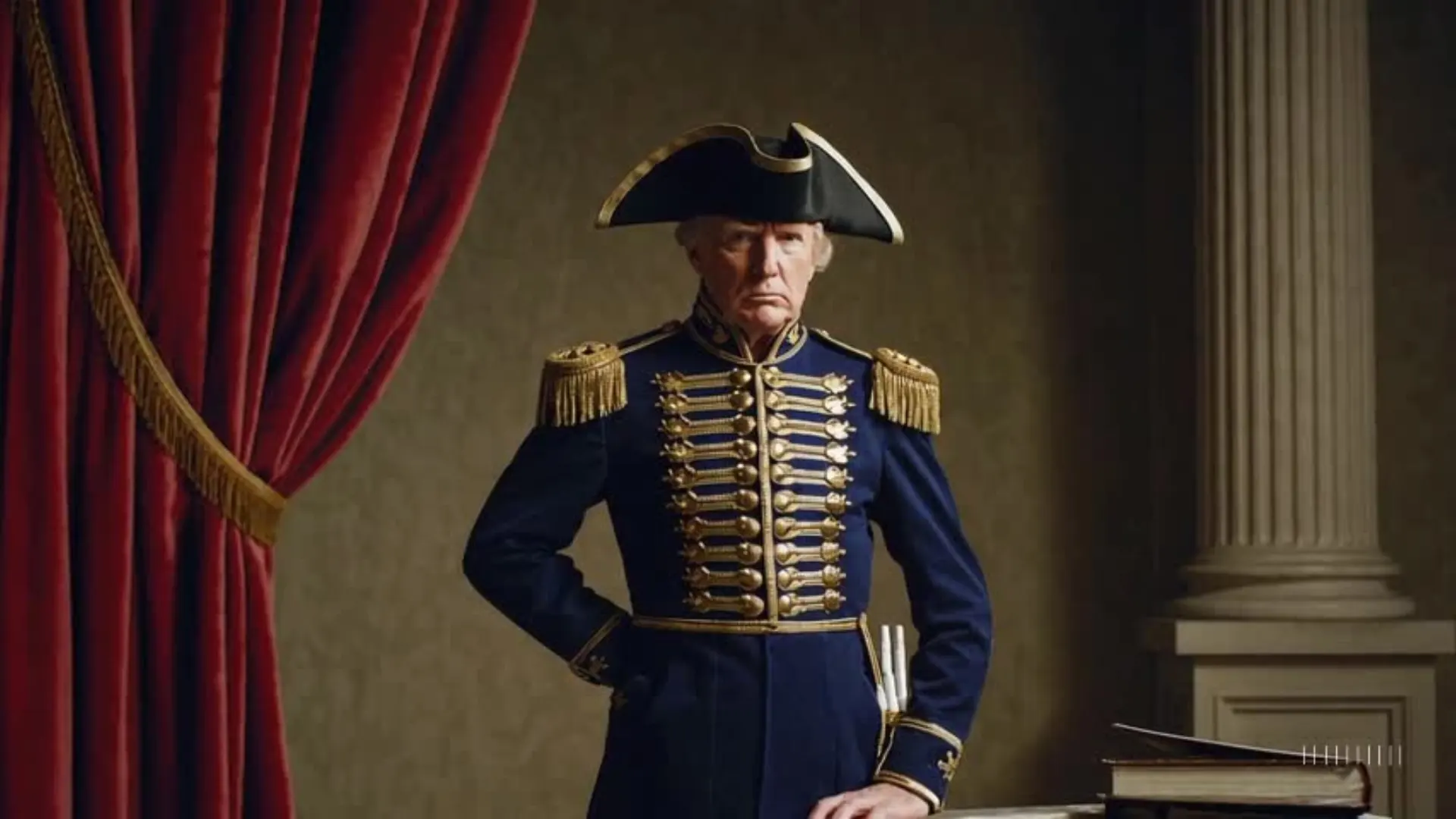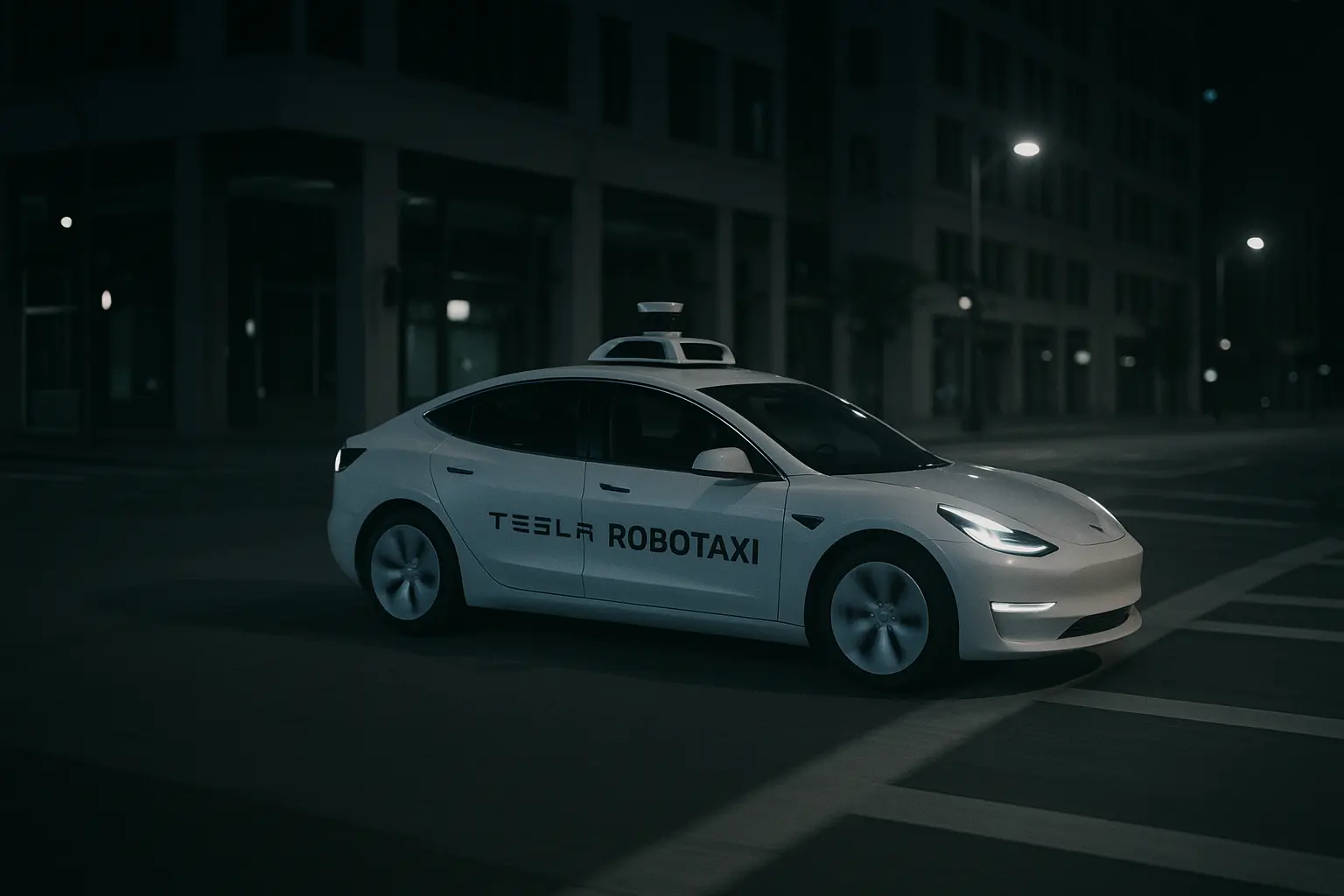
The Silent Betrayal: Musk's Strategy
The narrative of Elon Musk's rise is not just a story of technological innovation, but also a strategic deployment in the realms of political and social power. Musk, the man who has managed to merge his business ambitions with technological influence, has charted a path that places him not just as a leader in the business world, but as the architect of a new form of control in society. Throughout his relationship with Donald Trump, this story goes beyond conventional politics: it is a modern-day representation of what Machiavelli described in *The Prince*, a treatise on power and its preservation, applied to the 21st century.

At first, Musk’s alliance with Trump seemed natural. Trump, a business mogul turned president of the United States, led a vast and loyal political base. By aligning with him, Musk gained access to a powerful channel to strengthen his position. But behind this alliance lay a masterful strategy: Musk did not view Trump as an equal partner but as a tool in his rise to absolute control. This collaboration was, in reality, built to be dismantled at the right moment, when Musk felt his power was strong enough to do without him.
The Art of Manipulation: Introducing Technological Control
Musk’s relationship with Trump was not just a political alliance; it was the beginning of a complex strategy to manipulate the masses through technology. Much like the princes of old, who consolidated their power through intrigue, Musk used his technological innovations to plant the seeds for his future dominance.
One of Musk’s first strategic moves was the development of **Neuralink**, a tool that not only promised scientific advances but also began to integrate pervasively into society. Musk’s vision was not just to create an interface between the human brain and machines but to gain a new form of control over cognition and human consciousness. **Neuralink** represented the possibility of transforming the way people perceived and related to the world, granting Musk unprecedented control over the collective mind of society.
Simultaneously, Musk began transforming **X** (formerly Twitter) into a power tool for narrative control. Through this platform, Musk could not only modify public opinion but also build his image as a leader who understood the dynamics of the future, while Trump remained trapped in a politically obsolete past. X became a platform not only for communication but also for shaping realities. The narratives Musk promoted through his platform were crucial in dismantling Trump’s image, as his followers, initially loyal, began to see Musk as a figure more capable of leading change than his former ally.
The Calculated Betrayal: The Moment to Let Go of Trump
The moment for Musk to take absolute control was slowly taking shape. While Trump, with his populist rhetoric, continued to dominate traditional media, Musk had begun occupying a space that could not be rivaled. Neuralink had not only become a cognitive control tool but a symbol of a new social order, one in which Musk was beginning to be seen as the only leader capable of taking humanity into the future.

The moment for Musk to take absolute control was slowly taking shape. While Trump, with his populist rhetoric, continued to dominate traditional media, Musk had begun occupying a space that could not be rivaled. Neuralink had not only become a cognitive control tool but a symbol of a new social order, one in which Musk was beginning to be seen as the only leader capable of taking humanity into the future.
This was the turning point. Musk no longer needed Trump to move forward. The growing dependence on technological platforms, both X and Neuralink, had reached levels where Trump could no longer influence the direction of the country or the flow of the global narrative. It was then that Musk began plotting to strip Trump of his power, using X to amplify a series of attacks and discreditations.
The Moment of Neutralization: Dismantling Trump
The process of eliminating Trump was not immediate or violent. Instead of direct confrontations, Musk deployed a series of misinformation campaigns and manipulations, carefully orchestrated through artificial intelligence and control of social networks. He used **X** to change the narrative, discredit Trump’s credibility, and erode his support base. It wasn’t just a political disagreement; Musk transformed Trump into an increasingly irrelevant figure, whose vision no longer aligned with the advancements Musk was promoting. Public opinion, influenced by Musk’s powerful technological platforms, stopped seeing Trump as a leader capable of navigating the complexities of the 21st century.
Neuralink played a crucial role in this process. As it became established as an essential tool for daily life, Musk’s influence over people’s minds began to reach new heights. Those who opposed Musk were seen as backward and obsolete, while his followers came to perceive themselves as a cognitive elite capable of understanding and adapting to the radical transformations Musk proposed.
The Consolidation of Power: Musk's Rise
Ultimately, Musk achieved what Machiavelli described as the consolidation of power. By neutralizing Trump, the former leader of the political right, Musk had not only taken control of public narratives but also managed to shape the way society thought, acted, and organized itself. Trump’s influence, though massive, could no longer compete with the technological omnipresence Musk had built.
By removing Trump from the political equation, Musk not only consolidated his power over technological spheres but also reconfigured the dynamics of political and social control. At this moment, Musk became not only the most powerful man in the world; he became the only viable leader, at least in terms of how power is exercised in the modern age—a power that thrives on technology, information, and control over public perception. However, as Machiavelli predicts, the true test for Musk was not reaching power but maintaining it. Manipulation of the narrative and the management of the masses would remain key tools to preserve his dominance.
Conclusion: A New World Order
The story of Musk’s silent betrayal is ultimately a study in power, ambition, and manipulation in the technological age. What began as a strategic alliance with Trump transformed into an intricate power play that not only displaced a political figure but deeply altered the structures of control in society. The betrayal was not a sudden rupture but a gradual process of replacement, in which Musk used the most advanced tools of his time to consolidate a new form of leadership.
In this new order, Musk does not just control the future through his technological vision; he has reconfigured the dynamics of political and social power. The old regime of Trump, with its traditional and polarizing approach, no longer has a place in a world where narratives are manipulated by those who control the most powerful technologies.











